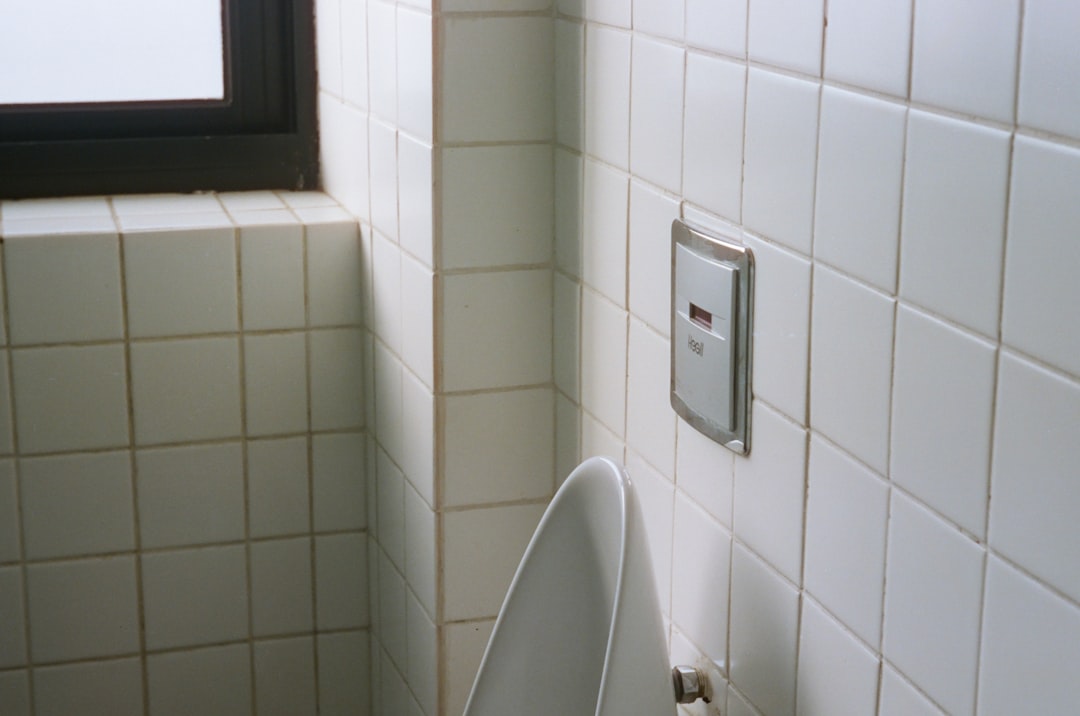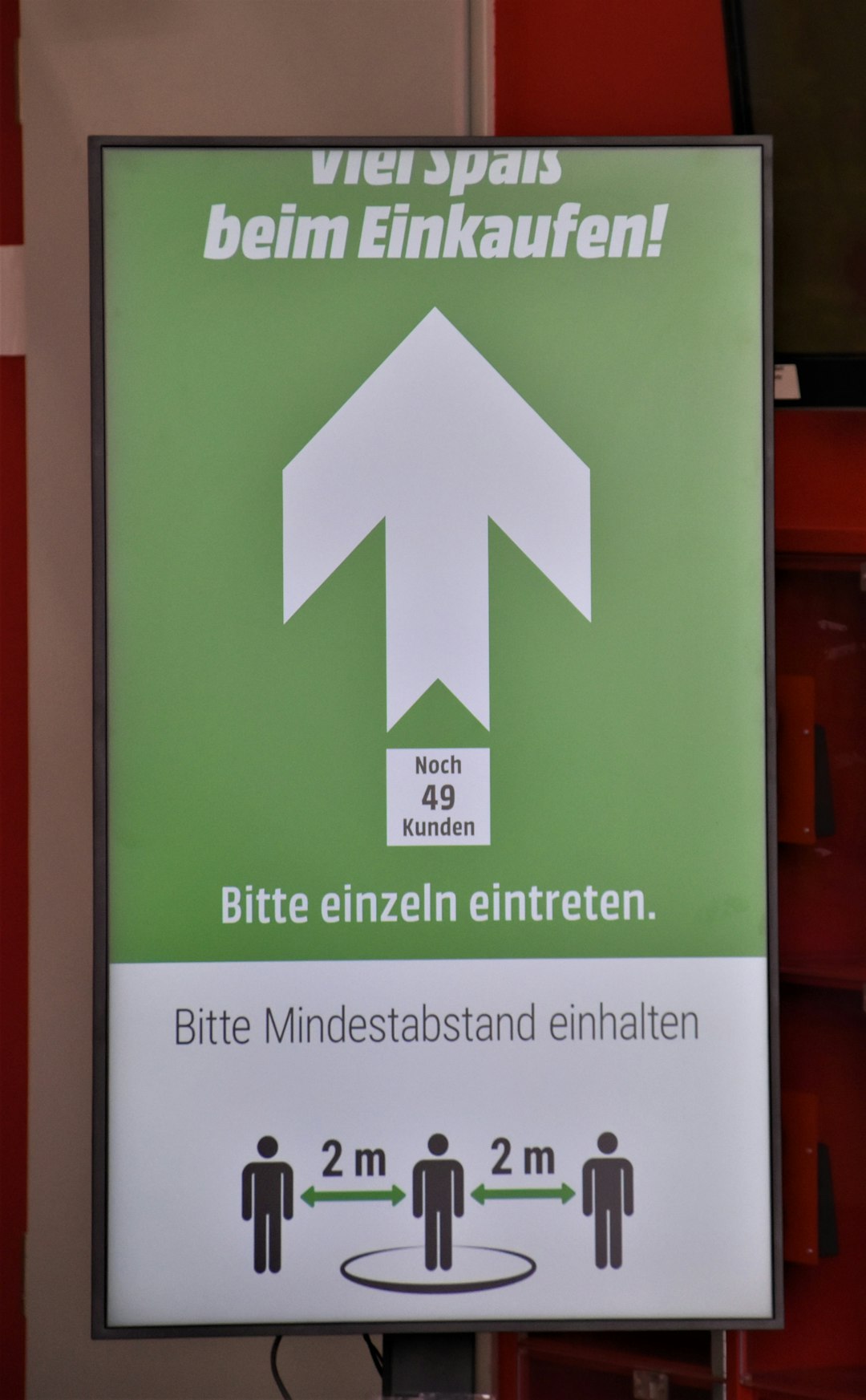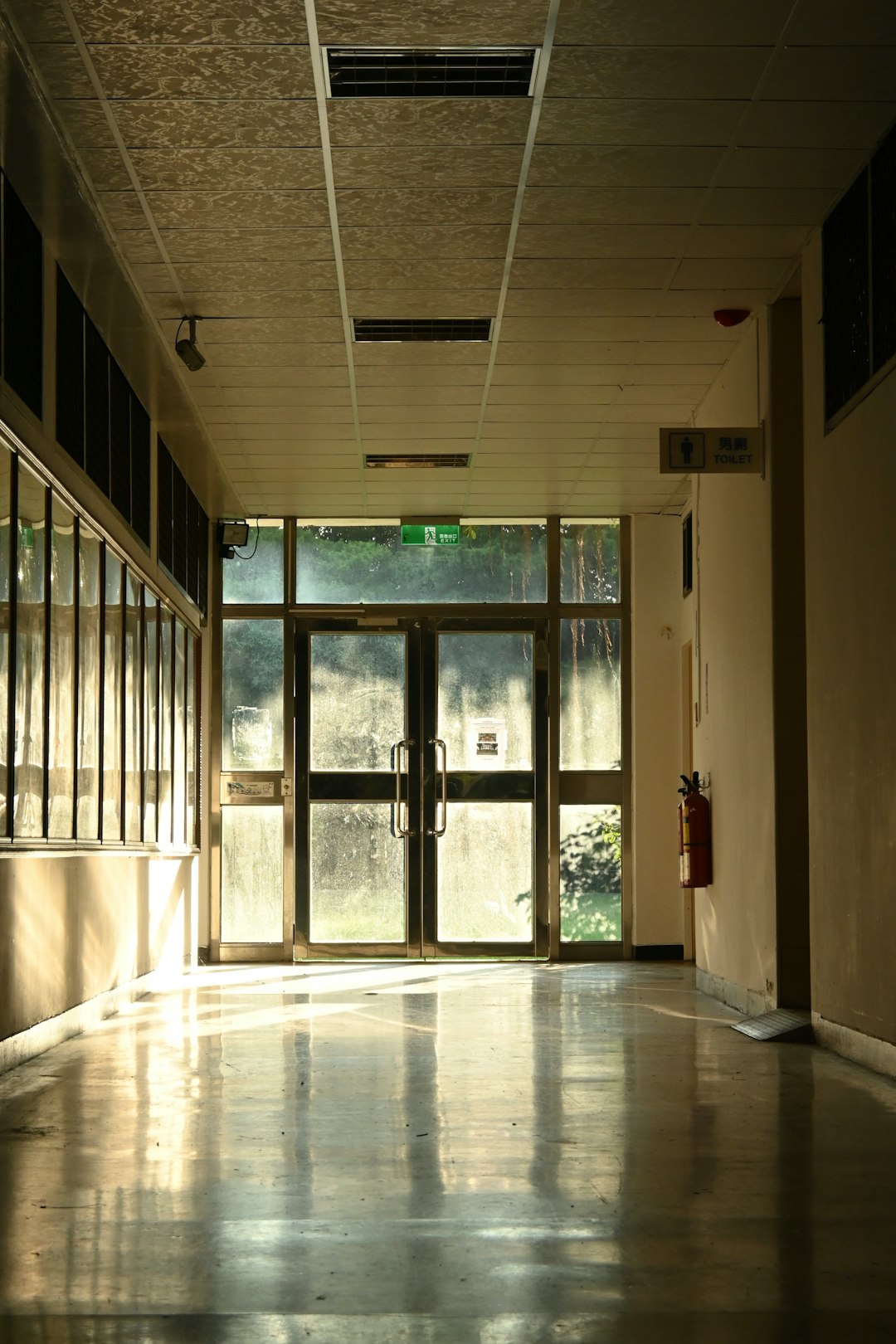Over the past decade, there has been a dramatic rise in the use of vaping devices among teenagers, posing a significant concern for educators, parents, and healthcare professionals alike. Many schools across the United States and other countries have taken a proactive stance against this growing issue by implementing policies centered around the deployment of vape detectors. These technological tools are being installed in restrooms, locker rooms, and other unsupervised areas to deter students from using e-cigarettes on school grounds. As the trend continues, so does the debate about safety, privacy, discipline, and the role of schools in addressing student health.
Why Schools Are Turning to Vape Detectors
The addictive nature of nicotine and the misconception that vaping is a “safe” alternative to smoking have made this trend particularly dangerous for teens. According to the Centers for Disease Control and Prevention (CDC), over 2 million middle and high school students reported using e-cigarettes in 2021 alone. Schools are finding traditional monitoring methods ineffective as vaping devices are small, odorless, and easy to conceal. That’s where vape detectors come in.
These devices are designed to detect chemicals such as nicotine, THC (the psychoactive compound in marijuana), and other substances commonly found in vaping cartridges. Most detectors are equipped with real-time alert systems that notify administrators when vapor is detected in a monitored area.

How Vape Detectors Work
Vape detectors use advanced sensor technology to identify changes in air quality. When a student vapes in a bathroom or locker room, the airborne particles released are analyzed by the detector. The presence of certain chemicals often associated with vaping triggers an alert. Some detectors are integrated with cloud-based systems, which instantly send text or email notifications to designated school staff members.
In many cases, these devices are also equipped with sound detection and motion sensors which can help administrators determine patterns or clusters of suspicious behavior. This highly technical approach allows schools to act quickly and investigate when incidents occur.
Benefits of Implementing a Vape Detector Policy
Schools that have adopted vape detector policies have seen several benefits:
- Early Intervention: Real-time alerts allow staff to immediately respond to incidents, helping curb repeated behavior.
- Health Promotion: Reducing vaping on campus contributes to a healthier environment for all students.
- Increased Awareness: Policies that include educational components help inform students about the risks associated with vaping.
- Parental Involvement: Notifications allow schools to involve parents early, potentially leading to family-based prevention efforts.
- Data Collection: Schools can track trends and adapt their approaches by analyzing when and where vaping occurs most frequently.
Balancing Discipline and Support
While some schools take a zero-tolerance approach to vaping through suspensions or detentions, others are shifting toward restorative practices. Progressive districts are choosing to focus on education, counseling, and intervention programs. For instance, rather than punishing students, they may be required to attend substance abuse education classes or meet with a school counselor.
This dual approach—combining enforcement with psychological support—is being hailed as more effective. It recognizes the behavioral nature of addiction and aims to provide struggling students with the help they need.
Concerns About Privacy
Despite the benefits, the installation of vape detectors raises some privacy concerns among students and parents. Most of the tension revolves around surveillance in private areas such as restrooms. However, vape detectors do not use video or audio recording; they only detect chemical and air quality changes.

To address these concerns, many school districts provide transparency about the devices used, where they are placed, and what data is collected. Clear communication and parental engagement are essential to ensure that students’ rights are respected while maintaining a safe school environment.
Implementation Challenges
Schools considering vape detectors must overcome several hurdles:
- Costs: These devices can be expensive, and not all schools have the budget for installation and maintenance.
- False Positives: Certain non-vape substances or even steam from hot showers can trigger the detectors.
- Policy Enforcement: Schools must ensure that their procedures for responding to alerts are consistent and lawful.
Despite these challenges, districts that have implemented the technology report a noticeable decline in vaping incidents, showing that early investment may offer long-term returns in both safety and student wellbeing.
Educating Students as a Preventative Strategy
Technology alone can’t eliminate vaping among students. Education plays a critical role in addressing the root causes of the behavior, such as peer pressure, curiosity, and misinformation. Schools are encouraged to partner with health organizations to teach students about the dangers of nicotine addiction, respiratory issues, and long-term health risks.
Workshops, guest lectures, and digital campaigns have become valuable tools in shifting the culture around vaping. When students understand the full impact of vaping—not just the school penalties—they are more likely to make informed choices.

Moving Forward
As vaping technologies evolve, so too will the strategies needed to combat them. Today’s vape detectors are more advanced and discrete, but they are just one piece of an effective school policy. Moving forward, a combination of detection, education, intervention, and community engagement will be key to maintaining safe and healthy schools.
Ultimately, the goal is not merely to catch students in the act but to create environments where they are supported, informed, and encouraged to make healthy choices. Vape detector policies, when thoughtfully implemented, can be a major step in the right direction.
Frequently Asked Questions (FAQ)
-
Q: Do vape detectors invade student privacy?
A: No. Vape detectors do not capture video or audio. They solely detect changes in air quality associated with vaping substances. -
Q: Where are vape detectors usually installed?
A: They are commonly placed in unsupervised areas like restrooms and locker rooms where vaping is most likely to occur. -
Q: What happens when a vape detector goes off?
A: School administrators are alerted in real time. The school may investigate immediately and determine if disciplinary or supportive action is needed. -
Q: Are students informed when these devices are installed?
A: Yes, most schools communicate policy changes clearly to students, staff, and parents as part of their implementation plan. -
Q: Can vape detectors detect marijuana vaping?
A: Some advanced vape detectors can identify THC and other substances beyond nicotine, depending on the model installed. -
Q: How effective are vape detectors in reducing vaping?
A: While not foolproof, many schools report a significant decrease in incidents after implementation, especially when combined with educational initiatives.


































